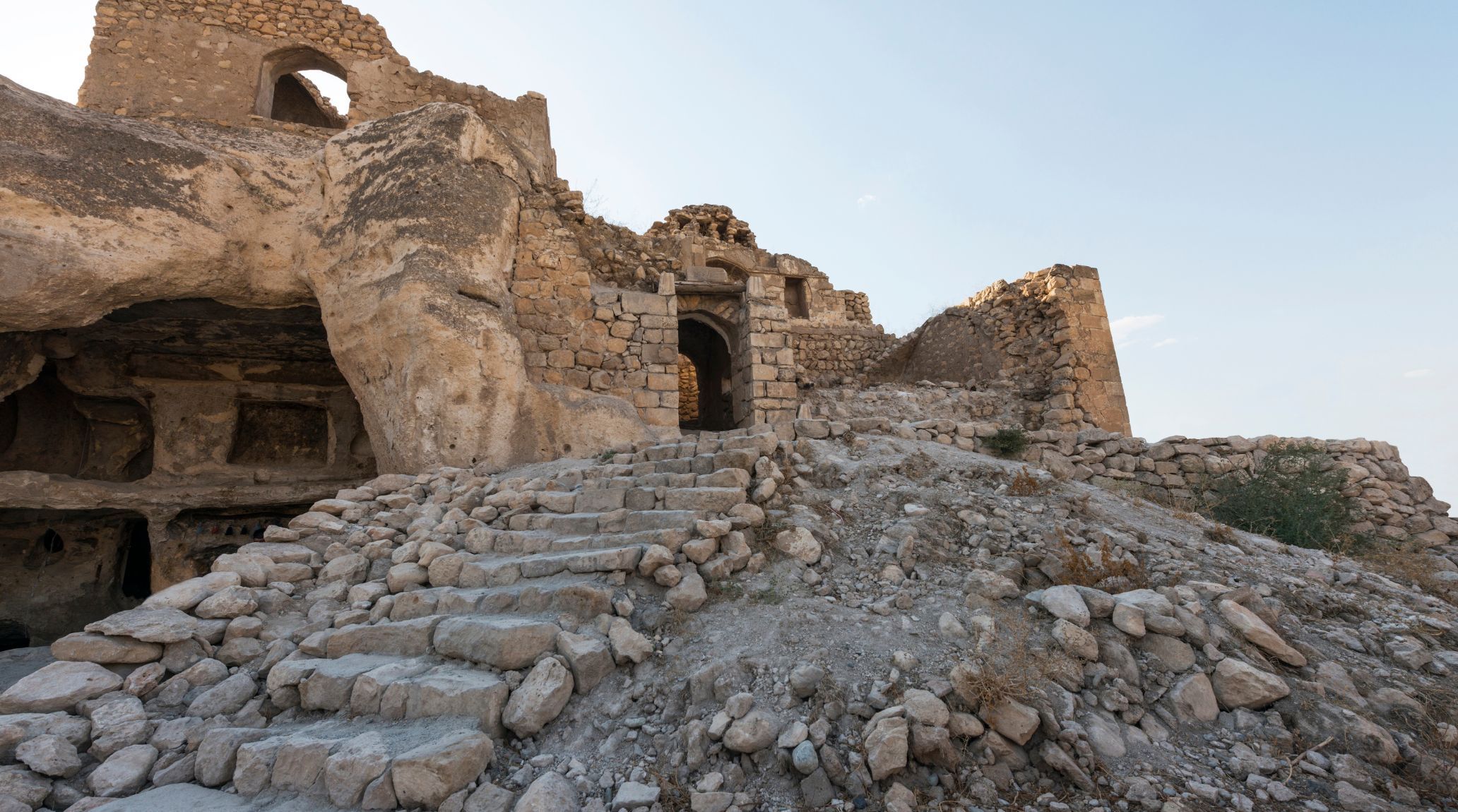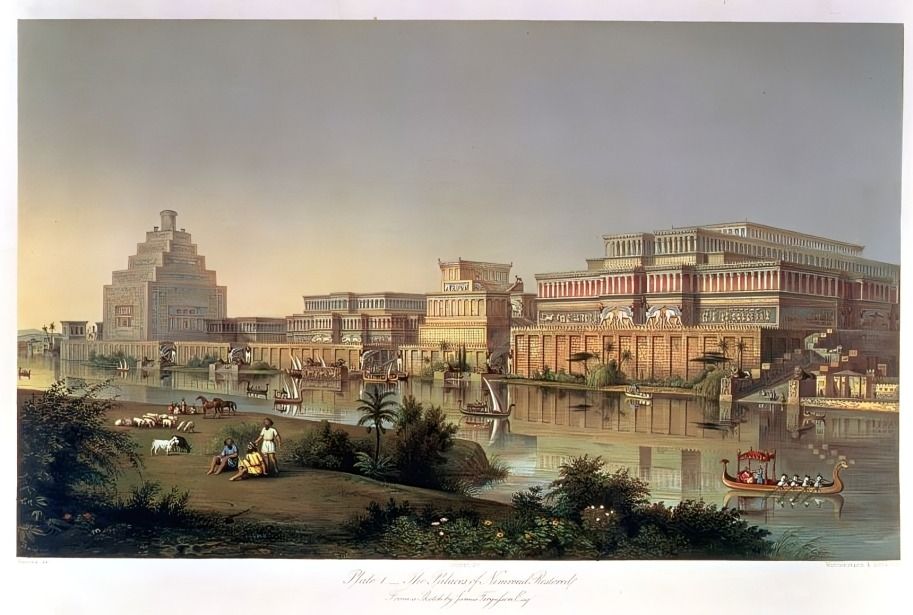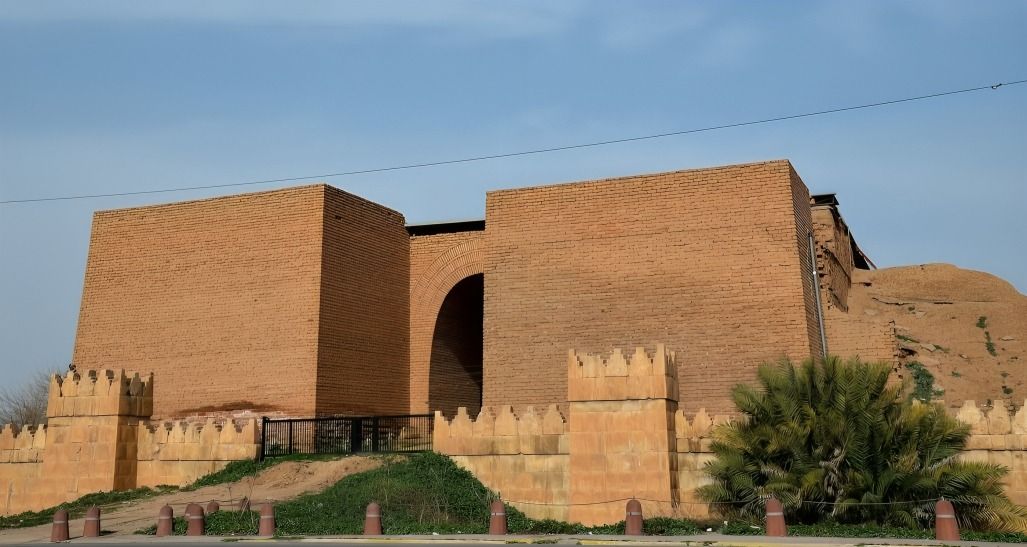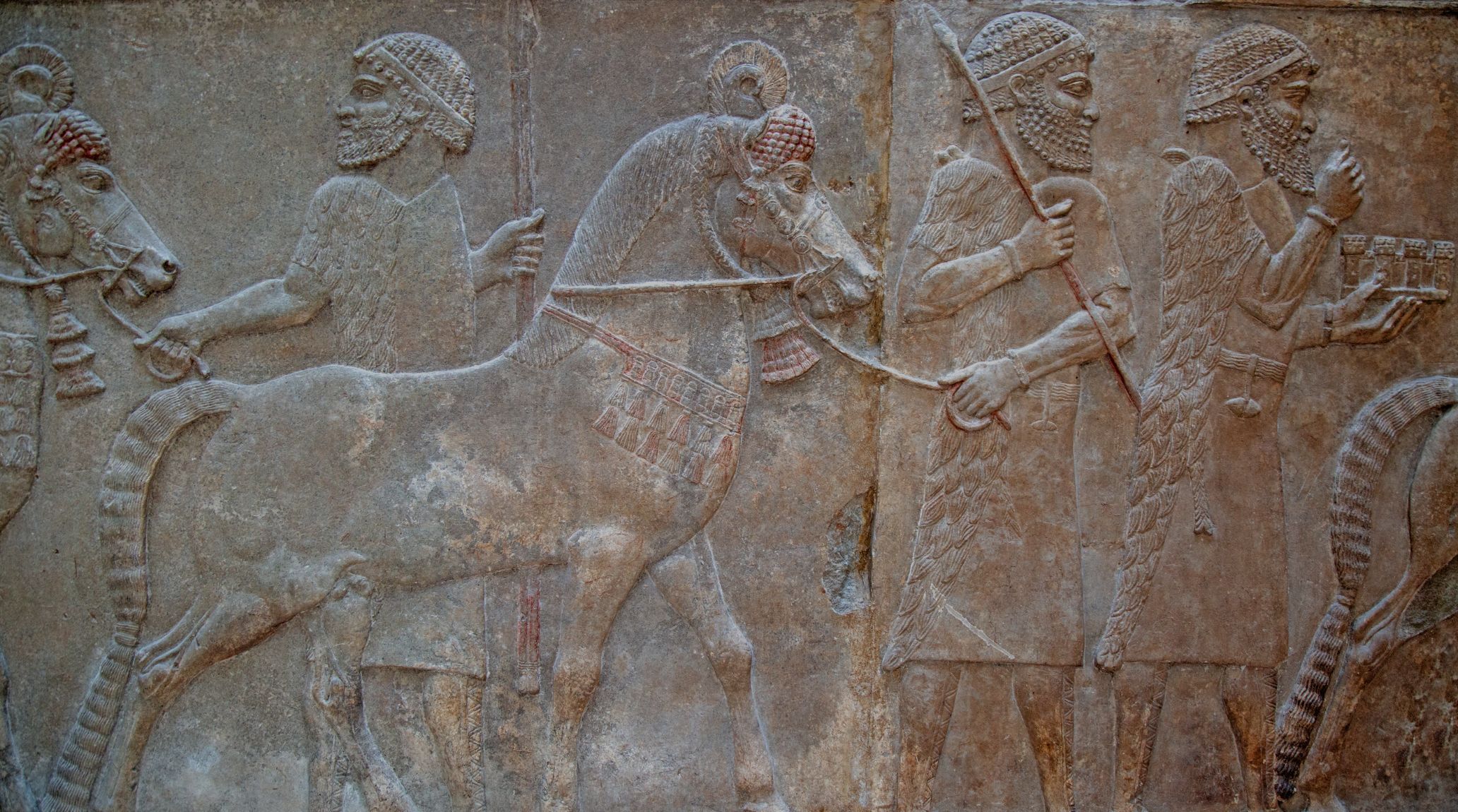
“
The Assyrian Empire is celebrated for its impressive military might and architectural achievements, shaping ancient history. This blog reveals 20 compelling facts about Assyrian Military Might and Architecture. From their advanced war tactics to the awe-inspiring structures they built, the Assyrians demonstrated unparalleled skill in conquest and construction.1
1
”
The Assyrian Empire was one of the first to use iron weapons extensively. This technological advancement gave them a significant edge over enemies who still used bronze, contributing to their dominance in the ancient world.1
The Assyrians established the first professional standing army in history. This permanent, well-trained military force allowed them to respond quickly to threats and expand their territory through relentless military campaigns.2
The Assyrians excelled in siege warfare, developing advanced techniques like battering rams, siege towers, and tunneling to breach the formidable walls of enemy cities. These innovations made them feared across the ancient Near East.3
The Assyrians built an extensive network of roads, known as the Royal Roads, to facilitate rapid movement of troops and communication across their vast empire. These roads were crucial for maintaining control and conducting military campaigns. 4
The Assyrians were early innovators of scale armor, using rectangular plates of iron and leather for protection. Their cone-shaped iron helmets offered strong defense and an intimidating appearance.5
The Assyrian king Ashurbanipal established one of the world's first libraries in Nineveh. It housed thousands of clay tablets covering various subjects, including military tactics, literature, and scientific knowledge.6
Assyrian chariots were a symbol of their military prowess. Pulled by four horses and manned by a driver, an archer, and a shieldbearer, these chariots were highly influential in battle, providing speed and power on the battlefield.7

The Assyrians built some of the most fortified cities of the ancient world, with massive walls, gates, and citadels. Cities like Nineveh and Dur-Sharrukin featured complex defense systems designed to withstand prolonged sieges.
The Assyrians were skilled engineers who constructed impressive aqueducts and canals to supply water to their cities. The aqueduct at Jerwan, built during the reign of Sennacherib, is one of the earliest examples of such engineering.8
The Assyrians practiced mass deportations of conquered peoples, relocating entire populations to different parts of the empire. This policy helped prevent rebellion by breaking up ethnic groups and reducing their ability to resist.9
Assyrian kings often justified their military campaigns as divine missions. They claimed to be chosen by the gods to conquer and spread their rule, which added a religious dimension to their conquests and governance.10

Nineveh, the Assyrian capital, was home to magnificent palaces and temples. The grand palace of Sennacherib, known as the "Palace Without Rival," featured extensive reliefs and was one of the largest in the ancient world.
The Assyrians successfully conquered Egypt, a feat few empires managed. Under the rule of Esarhaddon, the Assyrian army marched into Egypt and captured Memphis, marking the peak of Assyrian territorial expansion.11
The Assyrians made significant contributions to astronomy. They recorded celestial events on clay tablets, which helped later civilizations develop more accurate calendars and understand the movements of planets and stars.12
At its height, the Assyrian Empire stretched from the Persian Gulf to the Mediterranean Sea and from the Caucasus Mountains to Egypt. This vast empire controlled crucial trade routes and influenced various cultures.13
The Assyrian army was renowned for its strict discipline and organization, with soldiers trained rigorously and divided into specialized units, such as archers, infantry, cavalry, and engineers, crucial for their campaigns.14
Assyrians used sophisticated siege tactics, digging trenches for protection, tunneling to weaken walls, and constructing ramps for siege towers with battering rams while archers defended from above.15
The Assyrian Empire employed a system of vassal states, where conquered regions were allowed to retain local rulers as long as they paid tribute and supported Assyrian military efforts. 16
The Battle of Qarqar (853 BCE) saw Assyrians, led by Shalmaneser III, confront a coalition of 12 kings. Although victorious, the battle highlighted the difficulties in controlling rebellious regions.17
Despite their military strength, the Assyrian Empire fell in 612 BCE due to internal strife, overextension, and the rise of powerful enemies, culminating in the sacking of Nineveh by Babylonians and Medes.18


